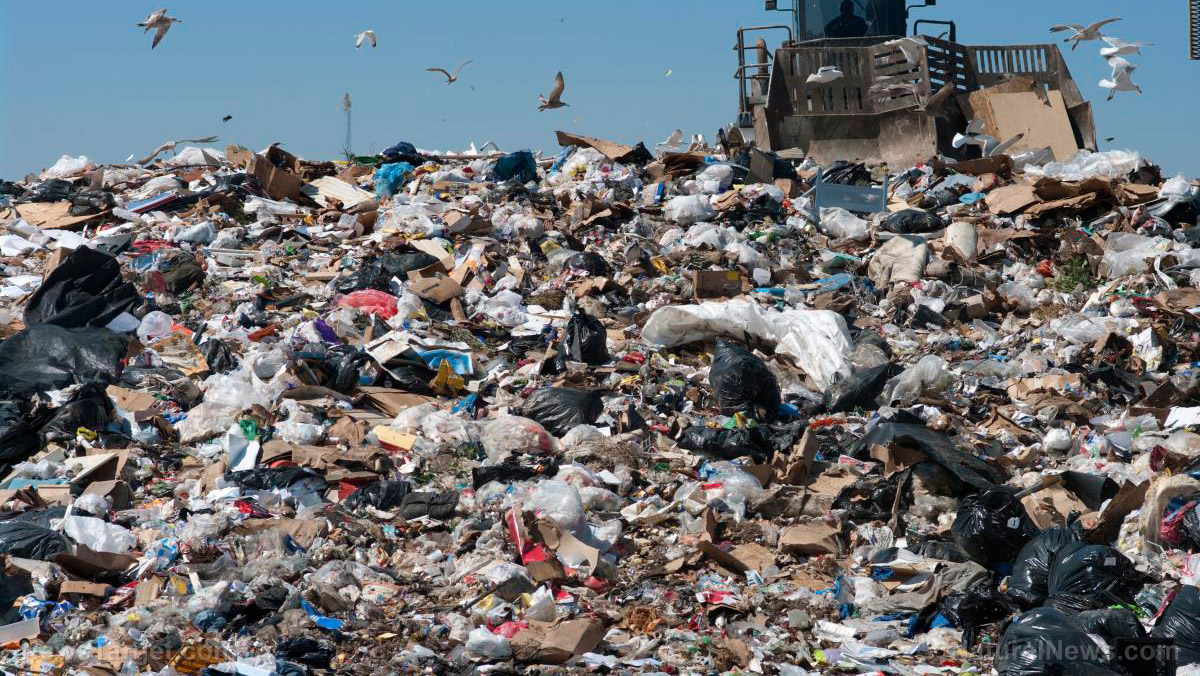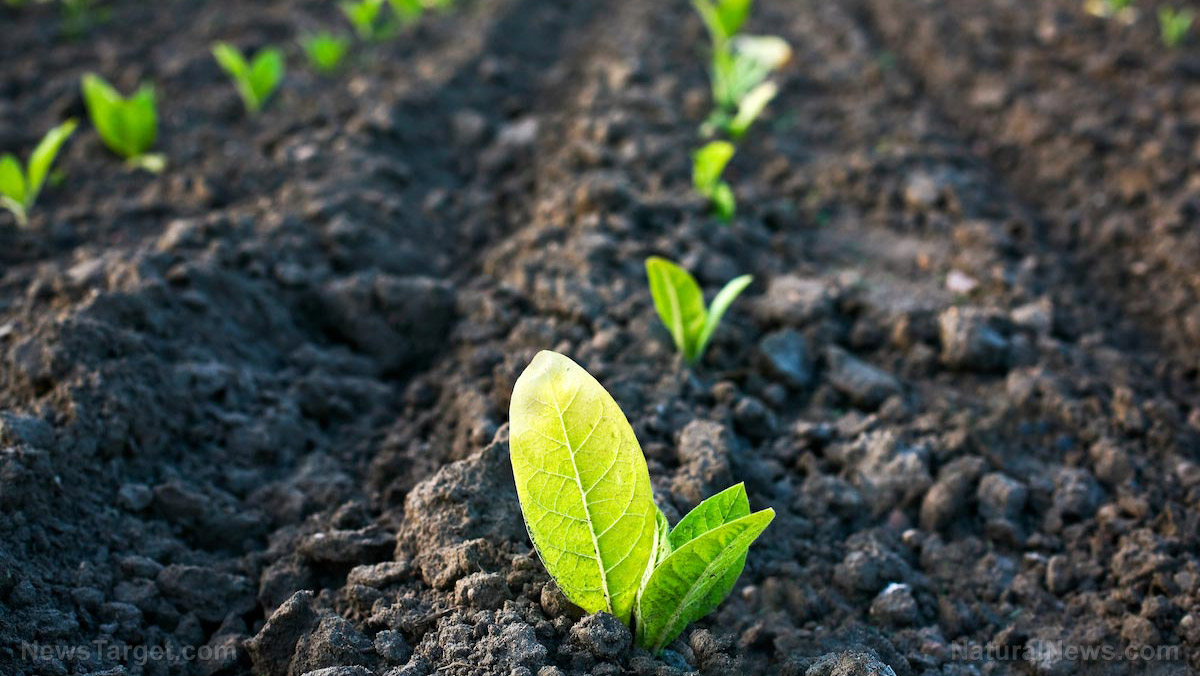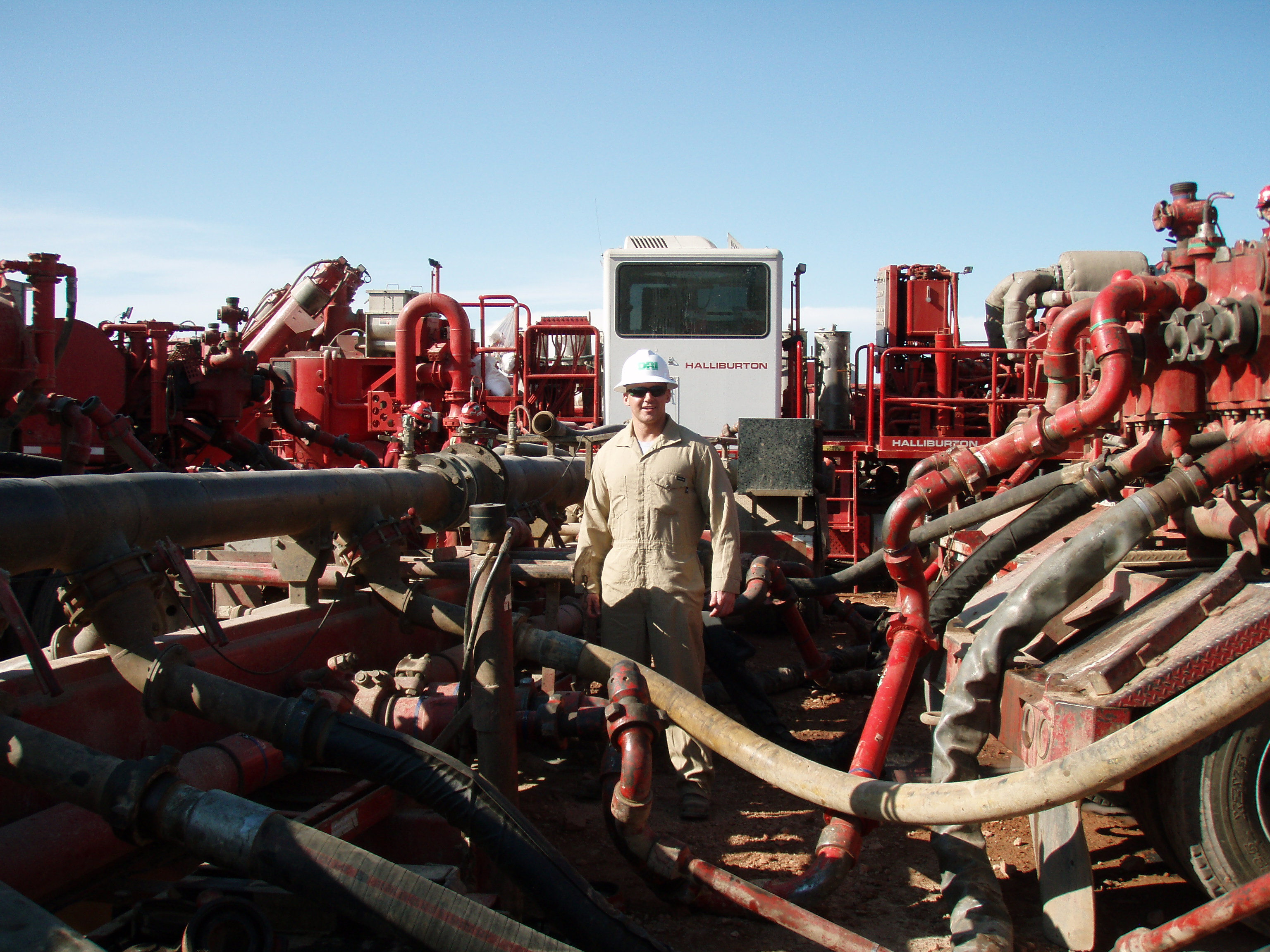The results put forth by a paper from Sweden bring a whole new meaning to the statement “a person’s trash is another man’s treasure”. In his dissertation, Yahya Jani from Linnaeus University suggested that decontaminating landfills and open dumpsites won’t just benefit the environment – it can prove to be an economically viable move as well. He also adds that much of the environmentally hazardous waste present in landfills can be recycled as energy or harnessed as raw materials in different industries.
In most regions in the world, landfills and dumpsites are still widely used as waste disposal options, despite its environmental impacts. Landfills release ten toxic gases into the atmosphere, most notable of which is methane, which can result in respiratory conditions for those who are exposed to high doses for a prolonged period of time. In a discrete study of over 250 landfills, researchers found high concentrations of methane in all areas. In addition, the liquid that leaches from a landfill can seep into the soil and potentially reach the groundwater below and contaminate it. (Related: Canadians being poisoned by cadmium in landfill.)
Turning trash into gold
In his paper, Jani put forth the idea that landfills, an endpoint in a traditional make-build-dispose economy, could be used as a tool to promote a circular economy model, where these are seen as a renewable source instead of a by-product.
“More than 50 percent of the deposited waste dumped at landfills and open dump sites can be recycled as energy or reused as raw materials. These materials can be used as secondary resources in different industries instead of being forgotten or viewed as garbage,” he added.
In addition, he discussed how metals could be extracted from Småland’s art and crystal glass waste using different fine fractions. He devised a method that allows a person to extract the metals, which was tested at the Pukeburg dumpsite in Sweden. This, he said, would be the first published article that looks at how metals from art and crystal glass are recycled.
In a separate study at Glasriket, an area in Sweden known for its glasswork, Jani developed a chemical extraction process to reuse glass waste and soil fine fractions that are smaller than 2 millimeters. This involved mixing old glass waste with chemicals, which will lower the glass waste’s melting point – allowing the metals to be extracted.
Based on the results of his study, the process that Jani proffered was able to extract metals from all types of glass, such as those in old television sets and computers, which opens the door for more industrial uses, such as high-purity recycling of both glass and metals. This, in turn, will help communities such as that of Småland’s glass industry by providing them a source of inexpensive raw materials.
“In addition, the extraction of materials from old landfills contributes to the decontamination of these sites and reduces the environmental impact and health threats,” he concluded.
The state of landfills in the U.S.
According to data from consumer group Zero Waste America, there are 3,091 active landfills in the U.S., as well as 10,000 old municipal landfills. While the Environmental Protection Agency has strict guidelines on the construction and development of landfills, in particular, the use of landfill liners to protect soil contamination, a study made by Leak Locations Services found that at least 82 percent of all landfill cells had leaks, with 41 percent of those having leak area of more than one square feet.
The group also stated that almost all landfills need remediation to some degree, but those built in the last 60 years require thorough decontamination because of the presence of highly toxic chemicals manufactured since the 1940s.
Sources include:
LNU.se
ScienceDirect.com
ZeroWasteAmerica.org




















